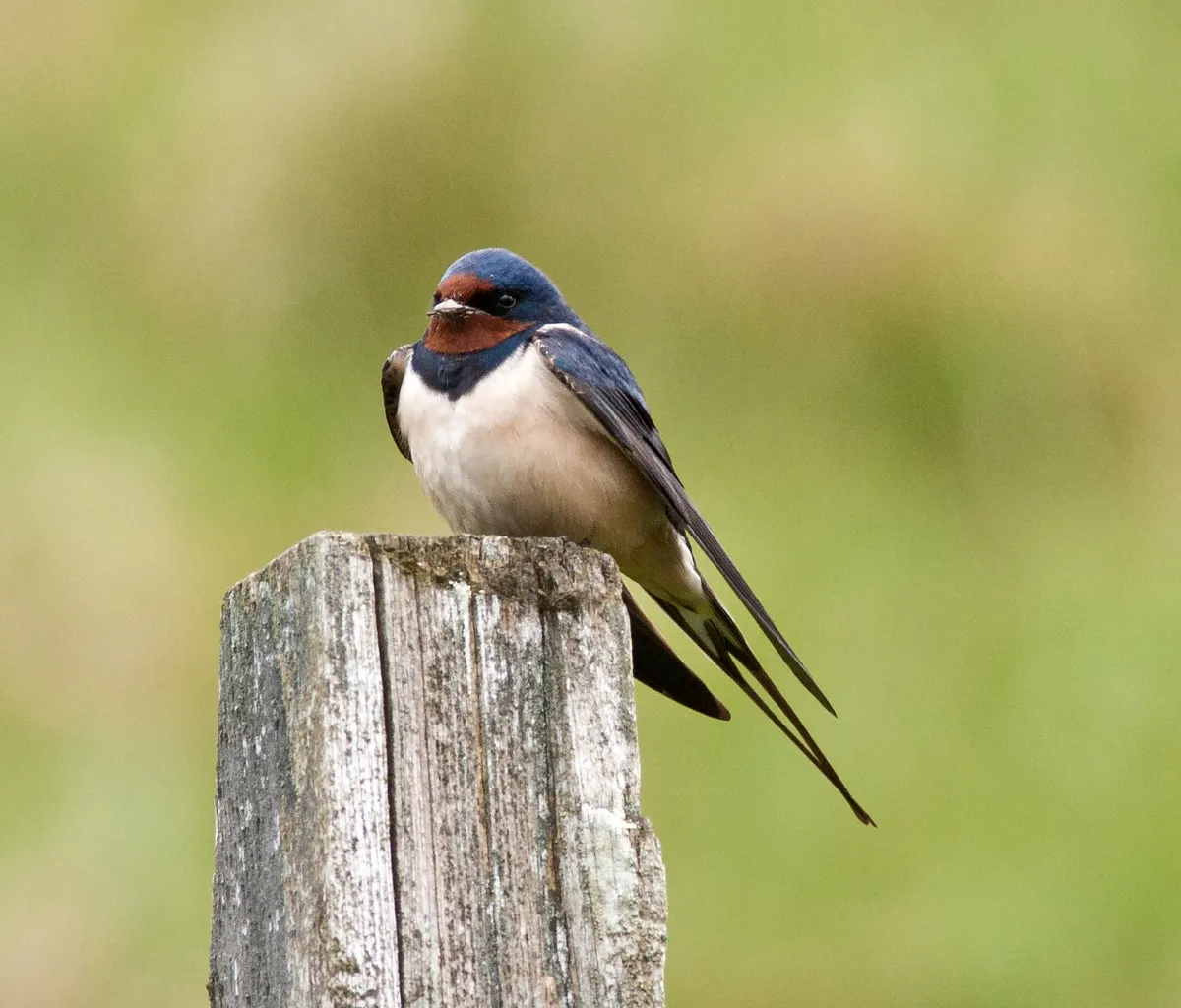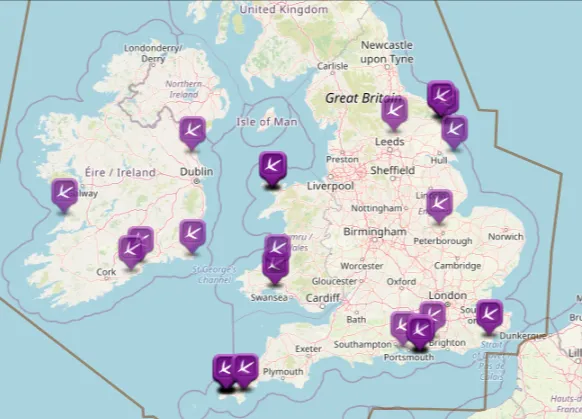The return of swallows to our islands from their African wintering grounds is a sure sign that spring has well and truly sprung. And yet it seems that some never even left.
This winter has seen an unprecedented spike in swallow sightings submitted to BirdTrack, a citizen-science database operated by the BTO. By the end of February, 95 sightings had been registered, in the southern half of the UK and in Ireland. The clustering of these records suggests a total of 12 birds.
“To suggest that our winters would be warm enough for swallows to survive would have been unthinkable a few decades ago,” said BTO director of science James Pearce-Higgins in a statement. “But the evidence that our climate is changing is building year by year.”

According to the BTO’s Paul Stancliffe, the first record of swallows surviving a British winter – a single bird in Cornwall and a small group in South Wales – was in 2009. “Before that, there has been the odd record of birds hanging around in December, but not seen again,” he says.
Since 2009, there have been a few more sporadic records, but too few to prove a correlation with milder winters, says Stancliffe.
You may also like:
- Do swallows return to the same nest?
- Barn swallows evolved alongside buildings
- Swallow guide: migration, nesting and where to see
Barn swallows (Hirundo rustica) on a power line. © Getty
Last year’s late arrival of spring might also have pushed some bird into staying put. “We know there were swallows still nesting in late September,” says Stancliffe.
“We don’t actually know where these birds spent the summer,” says Stancliffe. “They may have bred here, or they may be from further north in the Arctic Circle and stopped off on their way south.”

Header image: swallow © Amy Lewis
